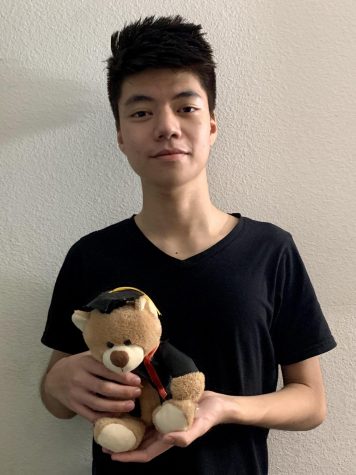Fighting games are hard, so what’s so fun about them?
A special cutscene that occurs before the round starts in Guilty Gear XX Accent Core Plus R.
Fighting games have a reputation for being hard. Like insanely difficult. You play the tutorial and finish single-player campaigns. Maybe even learn a couple of combos that you could use in a real match against another human. Then you hop online and you get destroyed by another player who knows all the optimal combos and nasty mixups. You’re willing to give the game a chance, but there is so much to learn—neutral, anti-airs, frame data, and more. Getting frustrated with an interactive medium with a focus on fights, especially in gory titles like Mortal Kombat, can even increase your short-term aggression, according to the American Psychological Association (APA).
The laundry list of required learning seems like a chore. So what is so fun about them?
One of the games with a small revival thanks to an online play update is Guilty Gear XX Accent Core Plus R (yes, I know it’s a mouthful). It is an almost twenty-year-old game known for its complex mechanics and emphasis on technical prowess. But since a handful of new players joined in, there were plenty of people to compete on my level. It fits the stereotype of the arthritis-inducing fighter, but I was able to push through and have fun with it.
One of the main draws of the genre is that there is a game and character for almost everyone. If you like games with short combos and slower movements: Street Fighter and Samurai Shodown. If you’re a fan of moving around in the third dimension: Soul Calibur and Tekken. Characters in different games can also fit into certain archetypes so there can be some familiarity even if the game functions differently. By looking around, you are bound to find a game that feels satisfying to play and characters you think look cool.
Playing with a character with an outrageous design and playstyle serves as the way you interact with others. You have complete and total control of that character. In the same fashion, it’s your character versus another person. If you lose, it’s your fault, but that means that you can improve and the satisfaction in improving can also be a positive. And the improvement doesn’t mean you practice a combo for three hours, but it could mean that you understand a specific situation better. This can be especially fun if you can grab some friends along the way who can grow alongside you and spur friendly competition.
The best part about fighting games is, well, the fight. The constant back and forth against an opponent who is close to your skill is great fun, as the tension builds up and you know someone has to slip up. There can be a surprising amount of problem-solving and mind games such as conditioning an opponent to block or use a certain move that can be punished.
Although the genre does have a cornucopia of options and playstyles, it may not be for everyone. But you should not discard the genre just from a glance because you think it is difficult. The best way to get in is to convince a friend or two to get in a game and become comfortable with not knowing every single minutia of a fighter.

Hobbies/interests: Art and miniature Painting
Fav artist: Carpenter Brut
Movie you never get tired of watching: Edge of Tomorrow
Goal for the...













